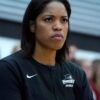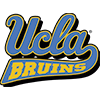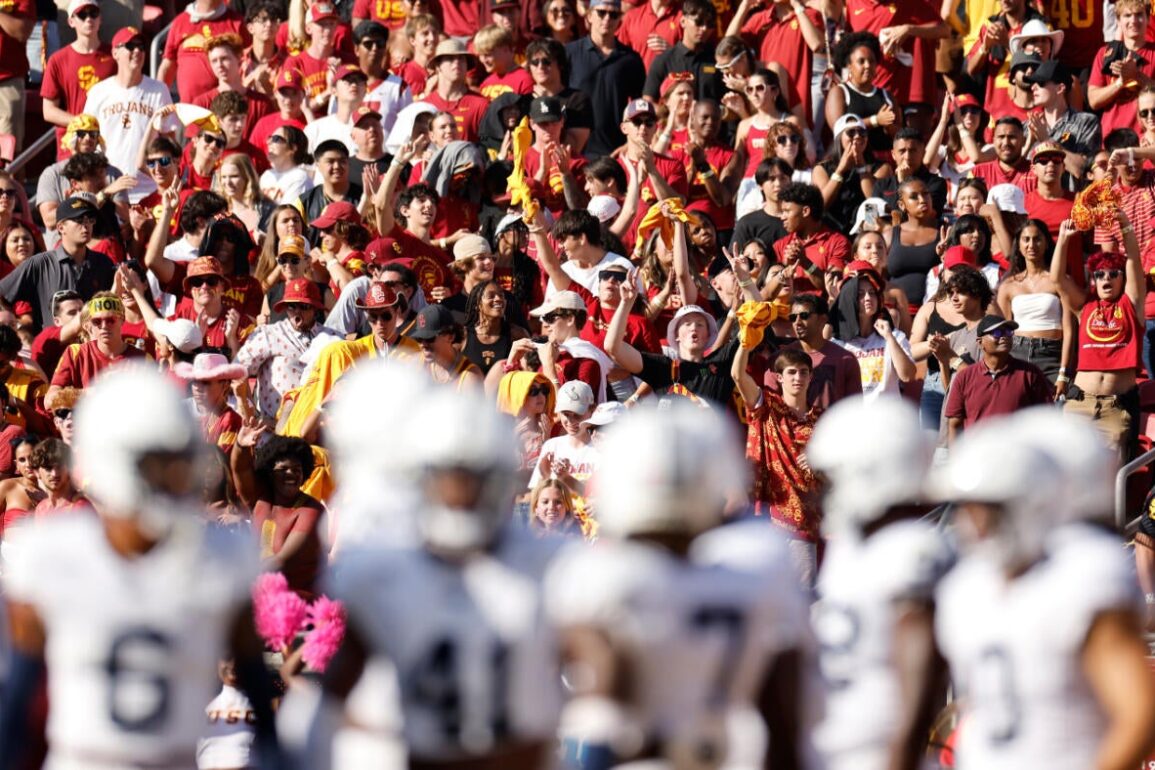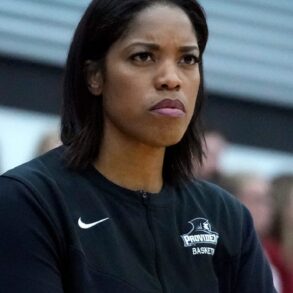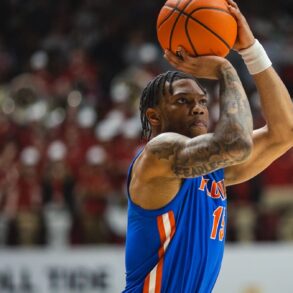It’s been coming down the pipe for years, but it finally happened — college athletics has forever changed with revenue sharing thanks to the House v. NCAA settlement. Now, the door’s been removed from its hinges for a new era in what was formerly known as amateur sports.
Last week’s $2.8 billion, 10-year settlement ushers in backpay for previous student-athletes who missed out on name, image and likeness opportunities and beginning July 1, colleges are allowed to pay current players directly. There’s an expected $20.5 million on the table per school to share with their players in the upcoming academic year with a new revenue sharing cap that increases by at least 4% every year — except Years 4, 7 and 10 when Power Four revenue baselines are determined — for the next decade.
Most of the money will be earmarked for football (estimated 75%) and men’s basketball (~15%), with the rest being dispersed to women’s basketball (~5%) and other sports (~5%).
The biggest winners and losers from House v. NCAA settlement: Amateurism is dead and the class divide grows
John Talty
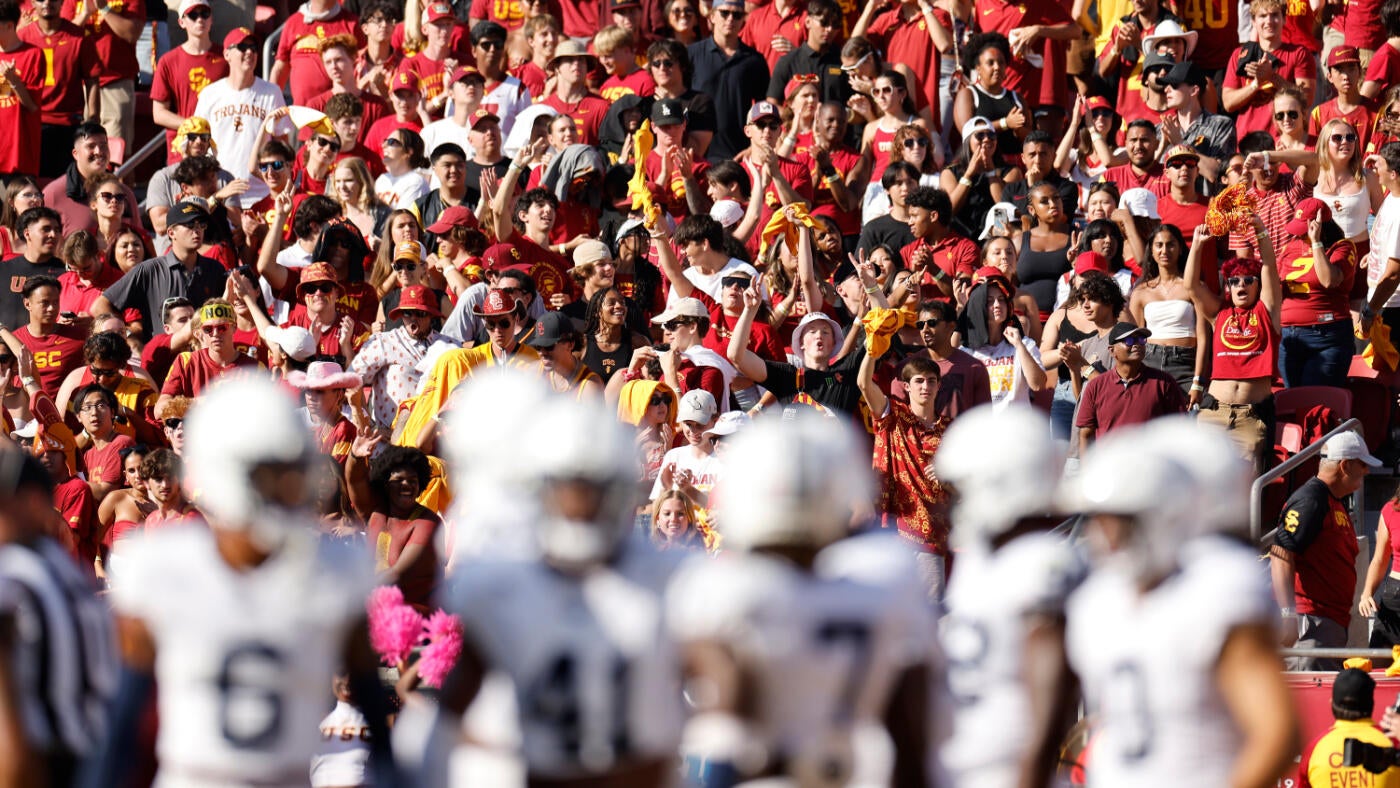
Here’s a couple quick opinions on the landmark decision and how things may look moving forward:
1. Prepare for parity
TCU reaching the national championship game a few years ago piqued interest, as did Cincinnati and Boise State reaching the playoff as Group of Five surprises. Should we expect more of the same in the coming years? If you’re fans of a Power Four program, you bet, and at a few others, there’s an enhanced chance for annual success. Glancing at the recruiting powerhouses within college football and basketball in the modern era, most have various factors in common: rich history, incentivized exposure and an opportunity to star at the highest level. You can wear a blindfold and generally guess how many five-stars Duke will sign on the hardwood or Georgia’s placement at the top of the SEC’s food chain.
However, since the playing field will be closer to level financially, it’s no guarantee a five-star quarterback would sign with Ohio State over Maryland moving forward, for example, if the Terps are offering a more handsome contract through direct revenue sharing. While the notion of the Buckeyes “buying” their national championship last season with a reported $20 million roster received pushback, Ohio State’s no longer one of the only handful of programs who can afford payroll that expansive in the new era.
We’ve already seen early reminders at the top of the recruiting board for the nation’s best players the last two cycles that all the prized fish aren’t necessarily being lured by the the title-contending, biggest yachts in the sea. Per 247Sports’ individual player rankings, 25 different Power Four programs have signed at least one five-star since 2024’s early signing period. That number dwarfs the five-star disparity across the modern era in any other two-year sample size. SMU, Georgia Tech, Nebraska, Texas Tech and Colorado are among the programs who have landed their highest-rated prep signee ever during that stretch.
2. Big dogs may not eat (as much)
Casuals say preseason polls are meaningless, right? Well, media shapes the national discussion every offseason and there’s a certain expectation for teams inside the top 15 every year to show out. There’s a built-in bias there from bluebloods getting the benefit of the doubt thanks to the same dozen or so programs signing the top talent year after year. That’s going to change with revenue sharing. Teams will have to consider their “payroll” or sorts and determine where money will be spent and at what positions.
During the first year of the expanded playoff, three SEC teams who were ranked throughout the regular season missed out on the bracket with three losses, including playoff mainstay Alabama. Why do you think SEC commissioner Greg Sankey and others from the Big Ten are advocating for four auto-bids from those leagues in the next portion of playoff expansion and harping on strength of schedule? It’s growing increasingly more difficult to go unbeaten with better balanced schedules and more competitive conferences from top to bottom, and that’s going to continue with revenue used to fund rosters.
In December, college basketball’s top recruit, AJ Dybantsa, committed to BYU over traditional power Kansas and North Carolina in an unprecedented move. Part of the Tar Heels’ sales pitch to Dybantsa was the opportunity to follow in the footsteps of Michael Jordan and Vince Carter, along with spotlighting the potential of future career earnings through endorsements deals like Zion Williamson’s contract with Nike after he starred at Duke over in-state finalist — and non-traditional power — Clemson.
Instead, BYU was able to match Dybantsa’s reported asking price of $5 million through its collective, and that deal is considered the largest for any incoming college basketball player ever. Moreover, transfer portal signings have further shifted the balance of power in college basketball, and the days of the top-five teams in the country gobbling up all the elite signings are evaporating.
3. Boosters no longer playing point
What happens when boosters figure out their massive annual contributions to a football program may not result in an automatic nationally ranked finish that carries playoff buzz every December? It’s coming. We’ve already seen athletic directors and figureheads at elite programs asking fans to “fight back” and help fund respective rosters with the talent disparity shrinking within major conferences. With this new revenue sharing commitment that all Power Four programs are dealing with, where’s the ROI for the most deep-pocketed donors?
We’ve already seen a groundswell of schools using social media to rally its fanbases and ask for donations after big wins or momentum-changing announcements. How often over the last year alone have you seen fans complaining about funding salaries for players, many of whom are signing year-to-year deals and wanting an enhanced contract at its conclusion? Without a sense a loyalty and the transfer portal being a dip into free agency, it seems many fans — and worst-case scenario, boosters — could become disinterested in donating to the cause.
The last thing these major programs across football and basketball want is wide variance in booster support if those contributors are unwilling to assist in funding annual rosters and tossing extra funds on top of what schools receive through TV contracts, conference revenue dispersement, ticket sales and other guarantees. All this being said, you can still the football-first entities around college sports — programs like Texas, Oklahoma, Georgia, etc. — to have higher budgets than others.
4. NIL collectives losing momentum
Those within NIL offices have to be sweating right now. How about the “agents” who have reaped the benefits of unregulated NIL over the last few recruiting cycles? There’s a “fair market” review process in place now for third-party deals, and there will be enhanced scrutiny on partnerships thanks to the College Sports Commission (CSC), an oversight arm of sorts. With virtually no parameters previously, pay-for-play checks that were hidden as marketing agreements in the past must pass the sniff test with these changes.
NIL is not being eliminated, but it will be curbed and its impact far less important thanks to the rules adjustments and players having opportunities elsewhere through revenue sharing that could be far more lucrative.
Various reports indicate collectives hurried to finalize multi-million dollar with franchise-caliber players before this House settlement ahead of the July 1 switch. Any athlete who receives $600 or more through an NIL deal must report that partnership to the new enforcement arm later this summer. The contract will then be further evaluated to determine if the NIL parameters meet a “valid business purpose” and are within “a reasonable range of compensation.” How that is defined in terms of legitimacy, no one knows.
5. Amateurism is extinct
As CBS Sports’ Brandon Marcello appropriately put it, “the NCAA’s 119-year amateurism model died Friday with a judge’s pen,” and he’s right. Any key contributor for your favorite college football or basketball team moving forward will be paid, handsomely, with “cost of attendance” being a laughable phrase from yesteryear. Those stale arguments about tuition, housing and meals provided to scholarship athletes being enough are extinct and, bluntly, have been for years.
While most agree paying college players is long overdue with events like the College Football Playoff and NCAA Tournament generating hundreds of millions, there was an essence of purity within intercollegiate athletics that brought a special sense of pride to the playing field. Let’s stop pretending any of that was authentic in recent years.
This post was originally published on this site be sure to check out more of their content.


